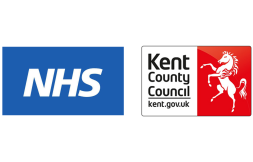New Eurobarometer on sport and physical activity
A new report shows that levels of participation have not changed substantially since the previous Eurobarometer survey in 2014. In fact, the proportion of those who say they never exercise or play sport has slightly increased from 42{ddf8d179d1bf712bb2a88ff2ad95ebdf63eaa5463c845d2f093b25848387ba96} to 46{ddf8d179d1bf712bb2a88ff2ad95ebdf63eaa5463c845d2f093b25848387ba96} Europe-wide, and this is a continuation of a gradual trend since 2009. Measures taken to increase […]
New Eurobarometer on sport and physical activity Read More »
